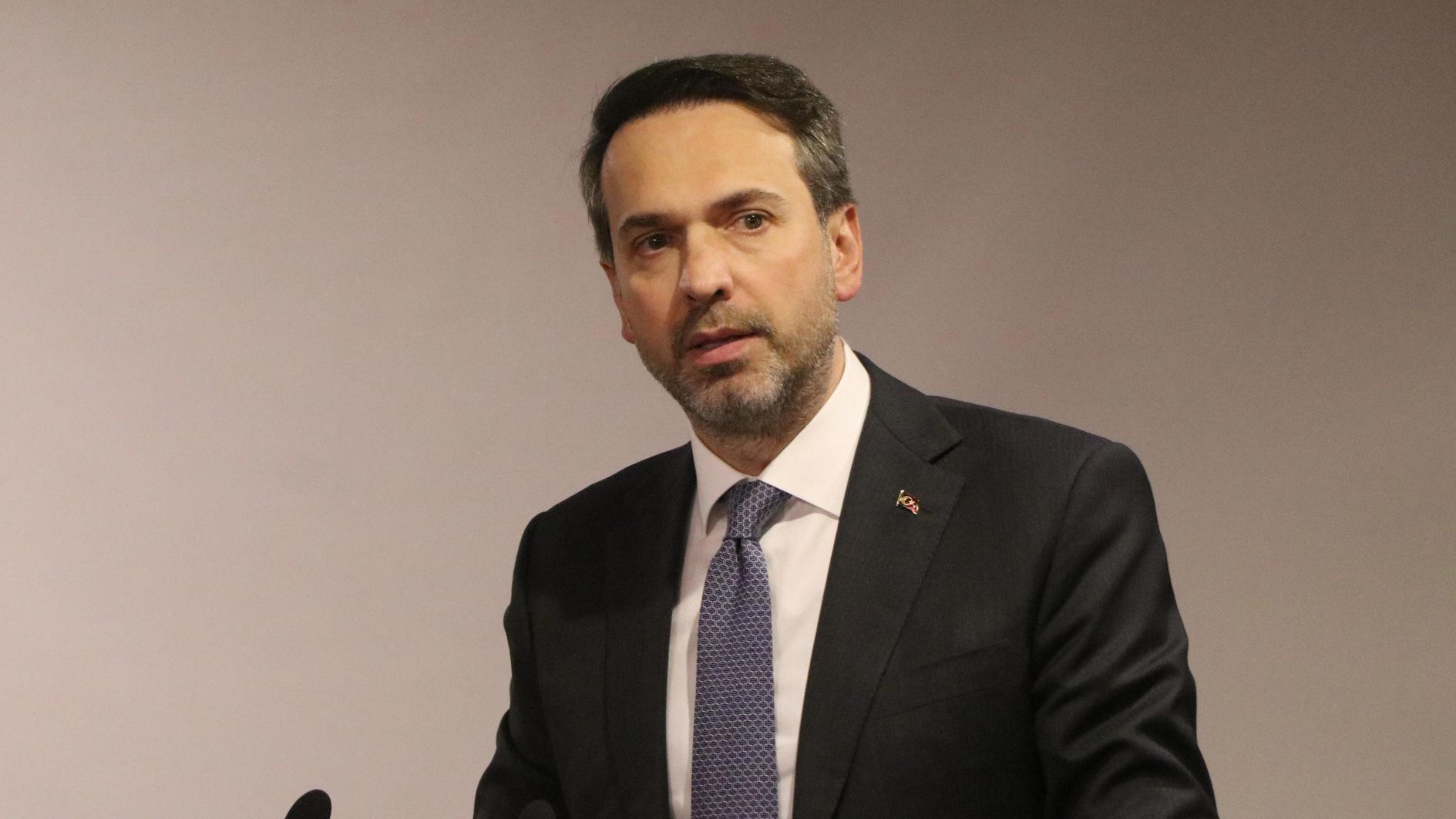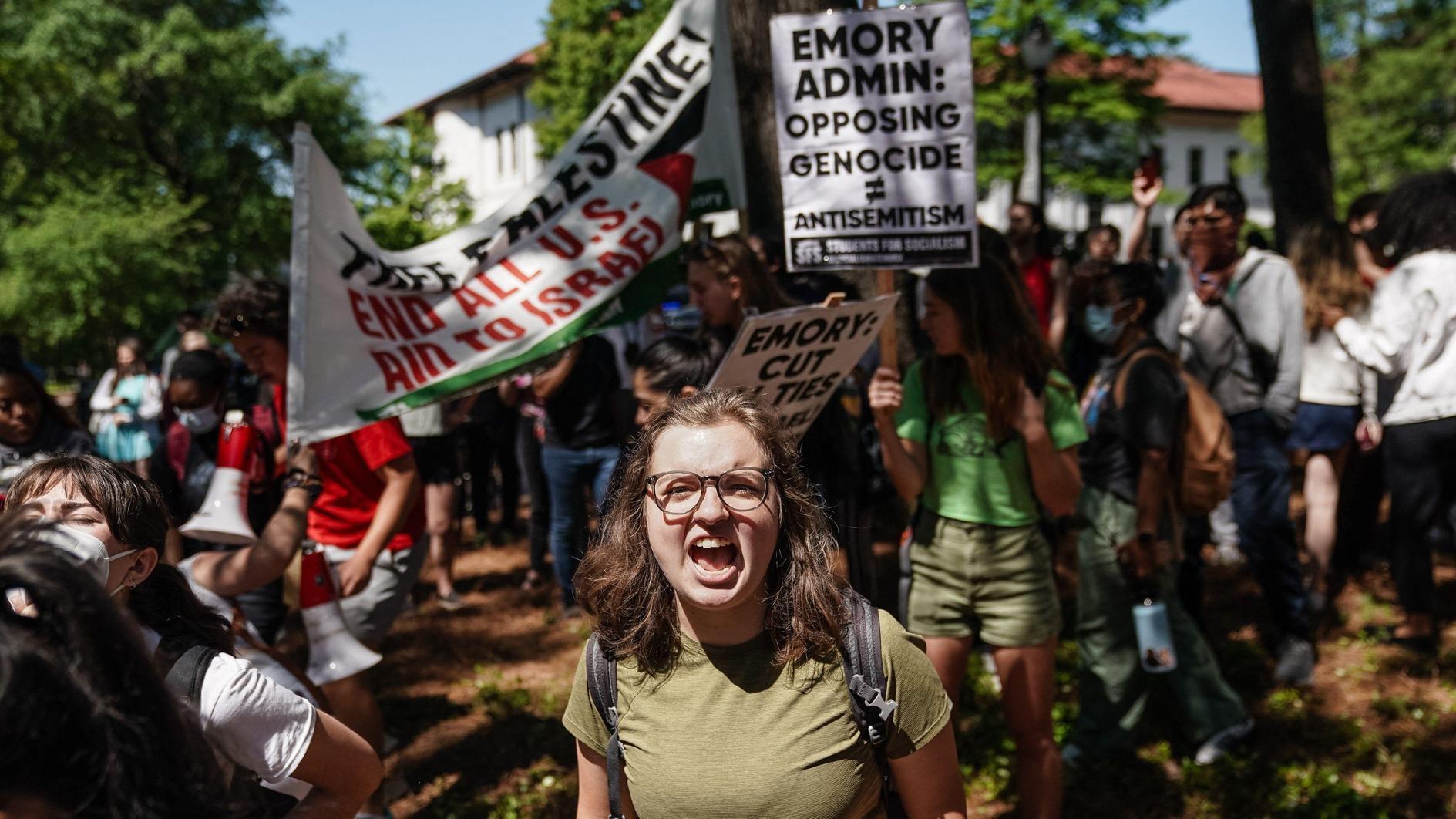Hedging risks of a Russian gas supply cutoff
BORUT GRGİC
With temperatures rapidly dropping and the European summer almost over, politicians in European capitals and Brussels are rightly asking themselves the question: What if Russia turns off the gas supply to Europe?This is not an impossible scenario, and it is naïve, if not altogether irresponsible, to ignore contingency planning. Here are a few reasons why the Russian president could take the matter of energy supply into his own hands and turn off gas taps to Europe.
First, the conflict in Ukraine is now a full-blown war, and as such utterly unpredictable. The current truce may not last, and Ukrainian President Mr. Petro Poroshenko, has made it clear that only the full liberation of eastern Ukraine, and full respect and restoration of Ukraine’s territorial integrity will suffice.
Furthermore, Mr. Vladimir Putin will not let go of the territorial gains already made on the ground. The two presidents are clearly at odds with each other as to the fundamentals for a lasting peace deal, which means this truce will break. For its part, the European Union, lacking other means by which to act, will continue applying layer upon layer of sanctions. Eventually, everyone will pass the point of no return and Mr. Putin will call on Gazprom to turn off the gas. This will probably happen sooner than anyone likes to admit.
And what price Europe will pay?
This depends partially on how well we in Europe can prepare in the next months for this dark scenario of no Russian gas and on whether our strategic gas reserves can outlast Putin’s strategic oil fund. In other words, it’s our gas vs. his dollars in the very short run. Whoever has a deeper reserve wins.
In the short to medium term, Europe can probably increase the LNG supply through our existing LNG infrastructure. The truth is we currently use less than 40 percent of our total LNG capacity. But can Europe still get its hands on free LNG gas in the short run? Where will we find it and what would happen to global gas prices if Europe suddenly doubles its LNG imports? Another short-term option available to the EU is a temporary increase in the use of coal, the dirtiest fossil fuel. This would mean bringing some old and decommissioned power plants back on line.
This is not a great story for the environment or our immediate gas bills, but it is a short-term solution.
What is even more important is crafting a strategy at the EU level. If there is a credible alternative that the Russian president knows the EU has and can used if forced to, he will think three times before turning off the gas. Evidence from Latvia indicates that despite everything, Russia responds to real market competition with actual market solutions in the end. When Latvia’s LNG terminal became a reality, Gazprom lowered the price of natural gas for the Latvian state.
However, Putin is much more likely to engage in gas wars if the EU does nothing to prepare for a comprehensive Russian gas cutoff date, and if EU countries are left to fend for themselves against Russia.
In the long run, solutions for weaning the EU off Russian gas are many. They should be pursued as a package solution. For one, no European strategic document can still take seriously the South Stream project. This is a dead-end project, which does nothing to increase energy security for Europe, only dragging the Balkan countries and the EU continent deeper into the Russian energy and political embrace. Rather than South Stream, the EU needs to take very seriously the Southern Gas Corridor concept. In addition to Azerbaijan’s gas, the EU must also find ways to also tap into Turkmenistan’s gas reserves through a trans-Caspian connection linking to the trans-Caucasus-Turkey gas infrastructure.
Then there’s Iraqi gas, the always-elusive Iranian gas and new shale gas discoveries in south Mediterranean Sea off of the coast of Cyprus. If materialized, all these new sources will not only boost the quantity of supplies of gas into Europe, but also improve the security of our supplies.
Europe should also ensure that it maximizes its existing LNG capacity by working closely with the Obama administration to change the U.S. export laws governing shale gas, urging the American president to increase the U.S. export quota. In the middle-term, the LNG capacity of the EU should increase between 35 to 45 percent, and new LNG terminals in particular must be constructed along coastlines with the highest dependence on Russian gas, as is the case in Latvia. A new LNG capacity is necessary in the Adriatic Sea and in the Black Sea.
Finally, there is energy efficiency and alternative energy to count on and support. The EU must make good on its promise to increase energy efficiency by at least 30 percent by 2030 and ensure that clean energy makes up at least 30 percent of total energy produced.
The need for a comprehensive alternative strategy to Russian gas in Europe was never more pressing, and it is ridiculous planning to assume that the Russian president will never cut off gas to Europe. He has proven time and again that he doesn’t care much for what we think and that his actions are not always in line with what we think is reasonable.
*Borut Grgic is the founder of the trans-Caspian project, and the former director and founder of the Institute for Strategic Studies in Ljubljana.











